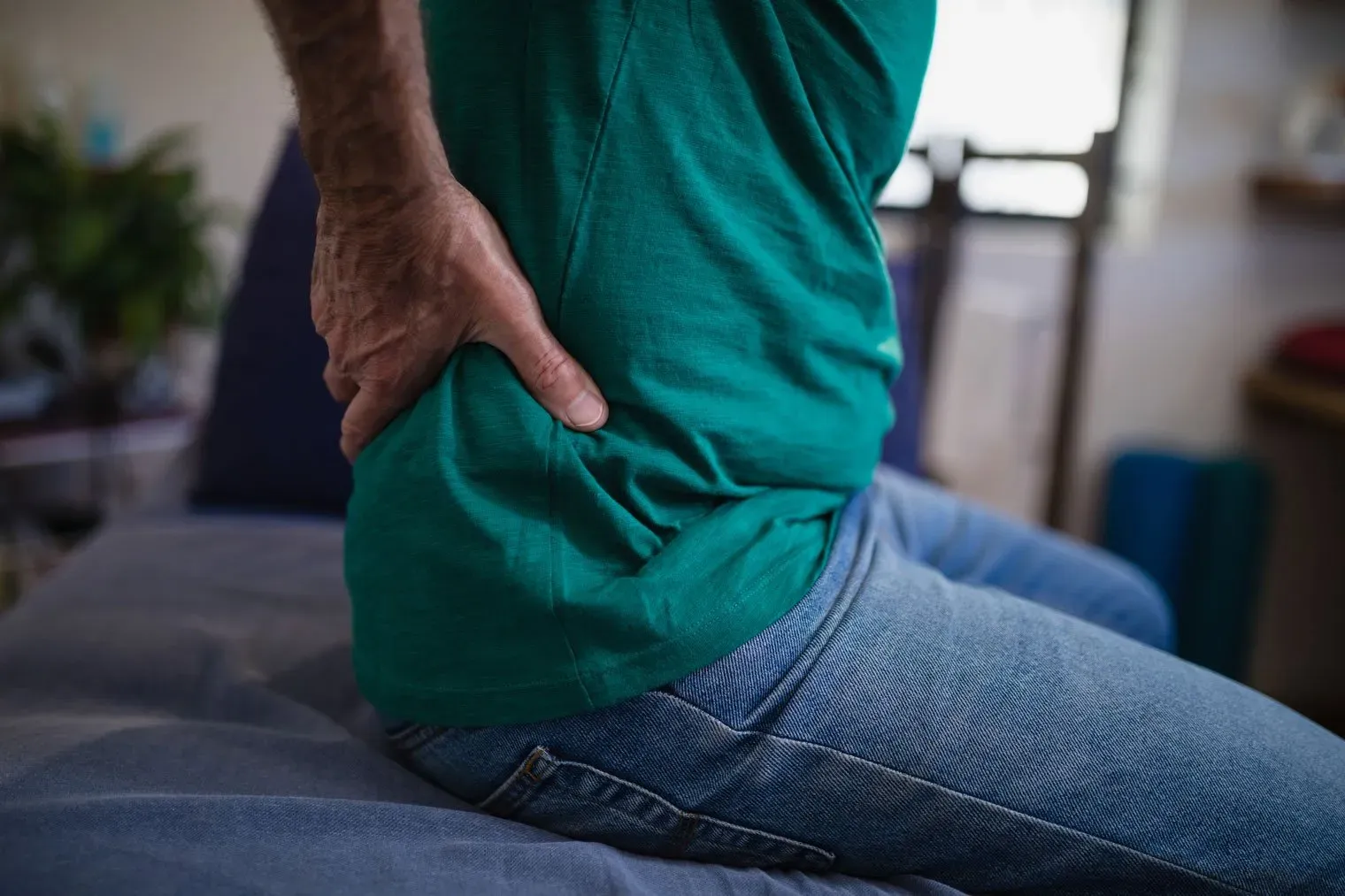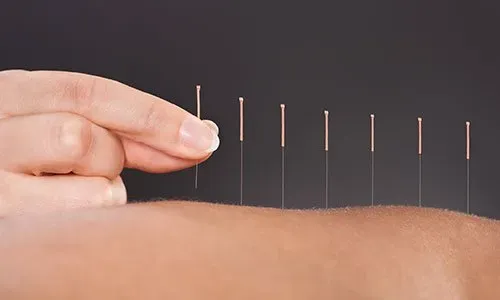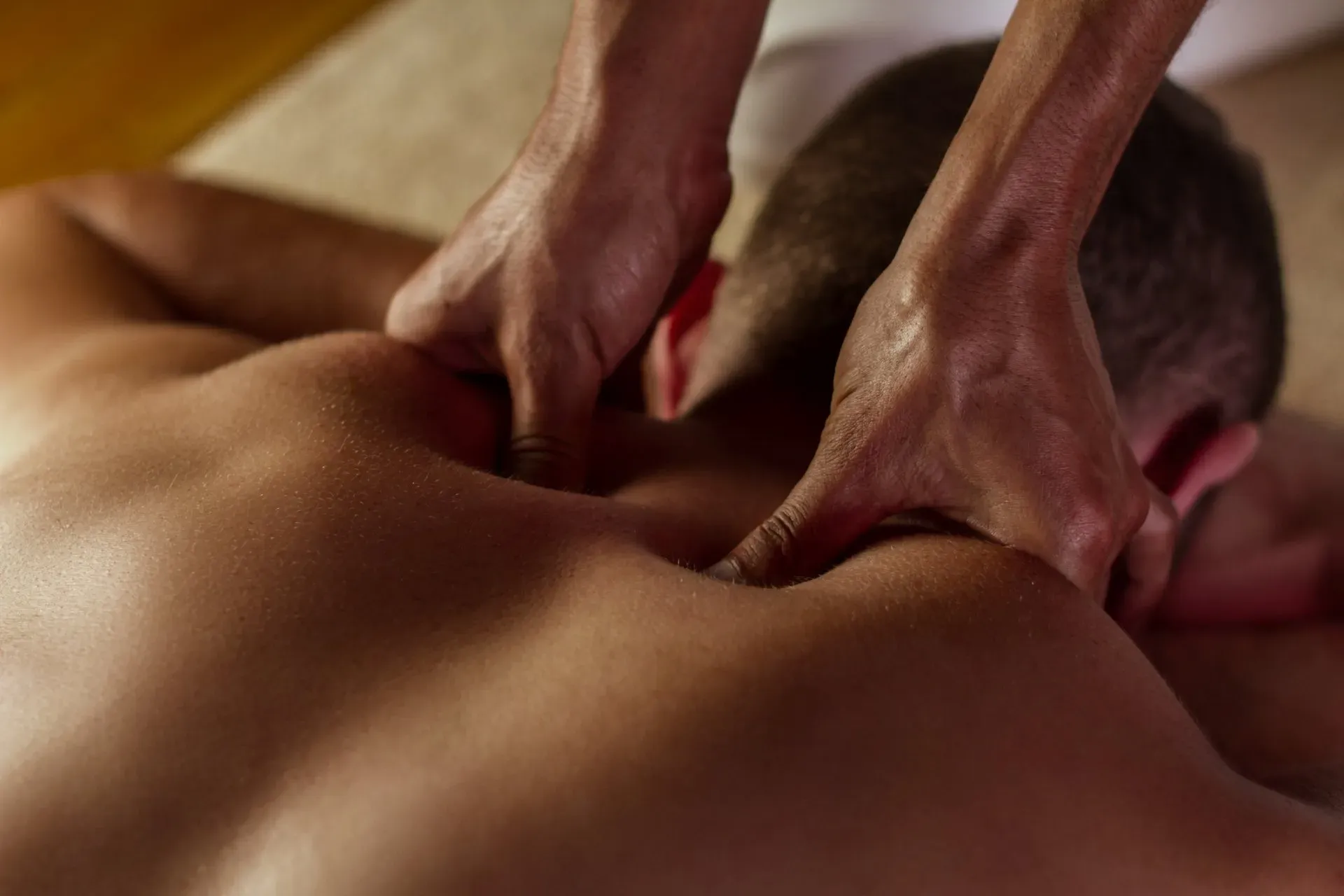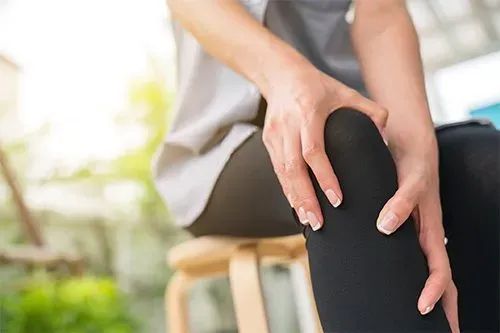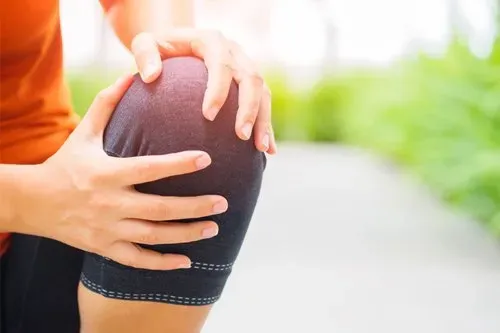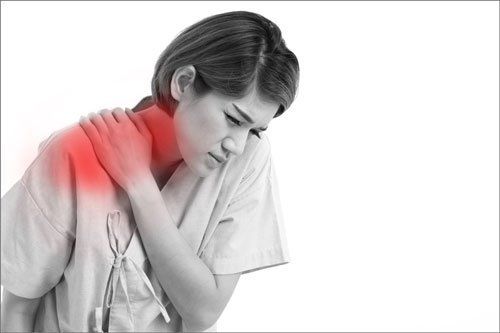5 Ways to Support Your Pain Management Therapy at Home
5 Ways to Support Your Pain Management Therapy at Home
If you're one of the 50 million adults that deal with chronic pain in the United States, you may follow a pain management plan prescribed by your doctor. These plans often rely on a combination of medication, physical therapy, injection therapy, and neuromechanical therapy to alleviate your pain, and they are quite effective.
However, did you know that you can do a few things at home to support your pain management plan? If followed, these tips will improve the results of your treatment protocol, which leaves you with less pain.
1. Get Active
Exercising and moving more helps alleviate pain naturally by loosening up and strengthening affected muscles. You don't have to do anything too strenuous; it's actually advisable for you to start off slow. A simple walk or water exercises will stretch out your muscles and release endorphins in your brain, which are your body's natural pain killers.
As time passes, work on increasing the amount of activity you incorporate into each day.
2. Stretch Often
Like exercise, stretching can help loosen you up and lower your pain level. While you can choose from a variety of stretching methods, you should tailor yours to your type and location of pain. For example, toe touches will loosen up lower back muscles. If you don't know which stretches are right for you, talk to your doctor. They can likely create a customized stretching plan to suit your unique needs.
3. Apply Heat
Heat and ice therapy can provide you with immediate relief on difficult days. Heat relaxes stiff, aching muscles while ice reduces heat and inflammation. Before you decide which remedy to choose, you must make an accurate assessment of the cause of your pain.
If the area is hot, swollen, and inflamed, ice will work. However, applying heat may intensify your pain. The opposite is true of pain caused by stiff muscles; heat is best, while ice may exacerbate the situation.
Whichever type of therapy you choose, it's vital that you don't apply it for an extended period of time. Twenty minutes of heat or cold every four to six hours is recommended.
4. Eat Better
Your diet can increase inflammation within your body. Thus, increasing your pain. A diet loaded with refined sugar and simple carbohydrates causes the most inflammation. You should avoid eating high-caloric, sugary and fatty foods. Instead, choose fresh, organic fruits and vegetables, lean proteins and carbs with a low glycemic index. Limit empty fats. Choose healthy fats, such as olive oil.
5. Say No
Know when to say no. When you have chronic pain, you will likely have some days that are better than others. What's more, certain activities may exacerbate your pain. Pay attention to what your body is telling you. If it feels like an activity is too much, don't do it. On days when you're in exceptional pain, take measures to trim your schedule and to-do list so it's more manageable.
Saying no also involves telling your doctor when a certain regimen is not working well. If you experience worsening pain or other symptoms, such as numbness or tingling, or if you simply aren't getting any relief, let your doctor know. Other treatments may work better for you, but your doctor won't know to change yours if you don't speak up.
If you suffer from chronic pain, the above at-home tips will help. However, if you still experience chronic or debilitating pain, you don't have to live with it. Call Pain Care Management, LLC, today to establish a new pain care management plan or tweak an existing one. Do not spend one more day in pain.


